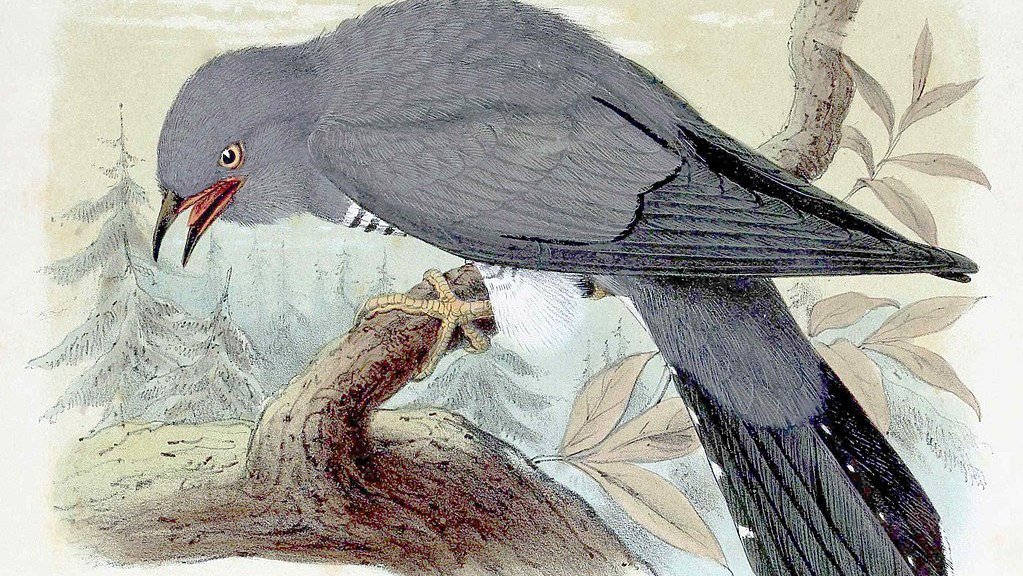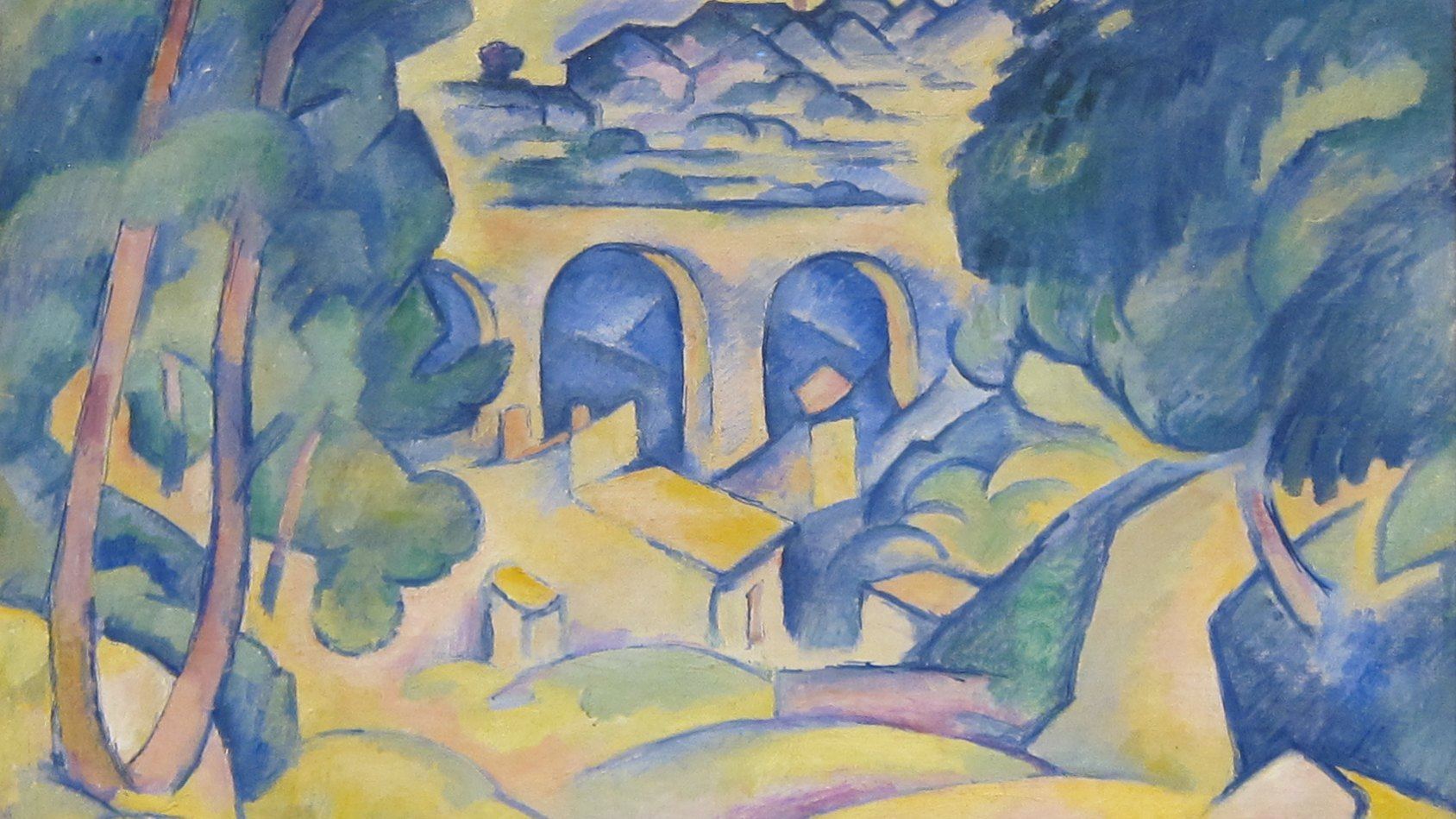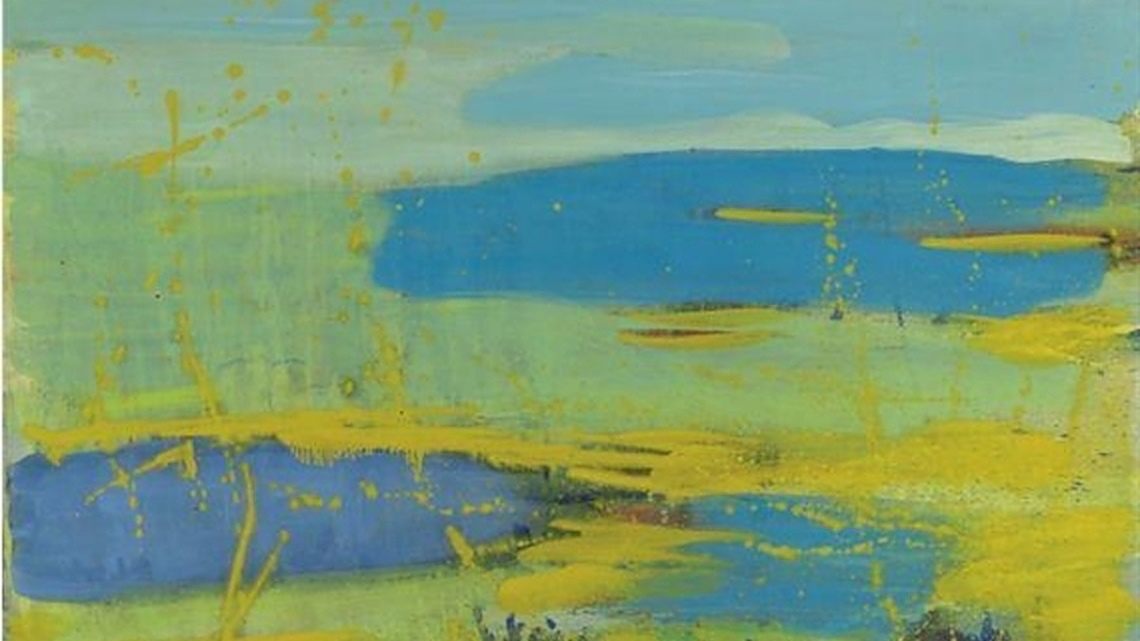Respighi’s “The Birds”: A Technicolor Homage to the Baroque
From Vivaldi’s The Four Seasons to Beethoven’s Pastoral Symphony, composers have been drawn to the idyllic sounds of bird calls echoing in the forest. These sounds are celebrated in shimmering sonic technicolor in Ottorino Respighi’s 1928 suite for small orchestra, The Birds (Gli uccelli). In the five-movement suite, Respighi transcribed four distinct bird songs into musical notation, and simultaneously paid homage to existing music from the seventeenth and eighteenth centuries. The intimate classical orchestra is augmented by …







